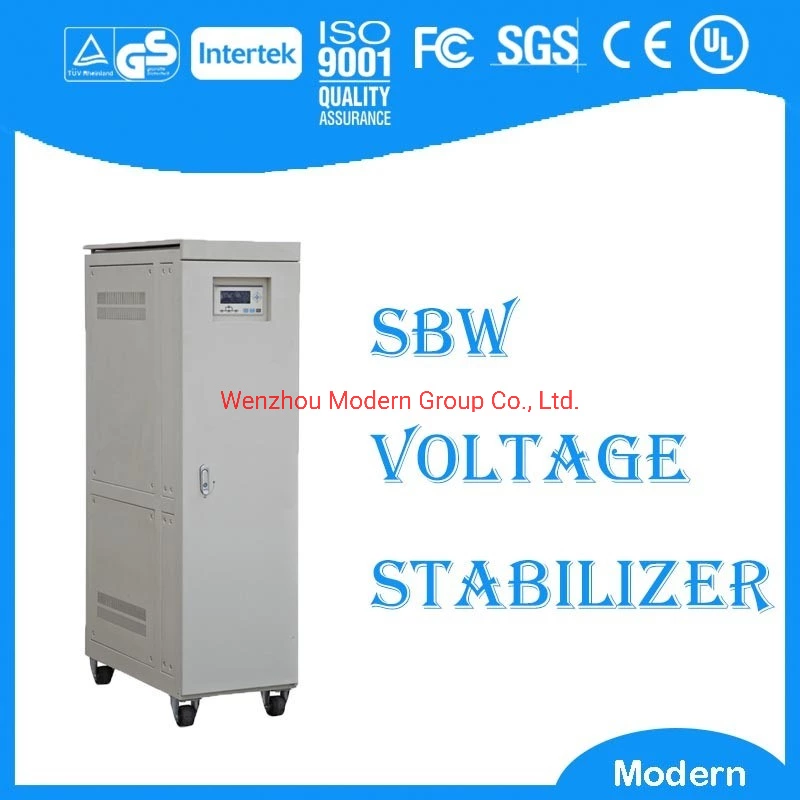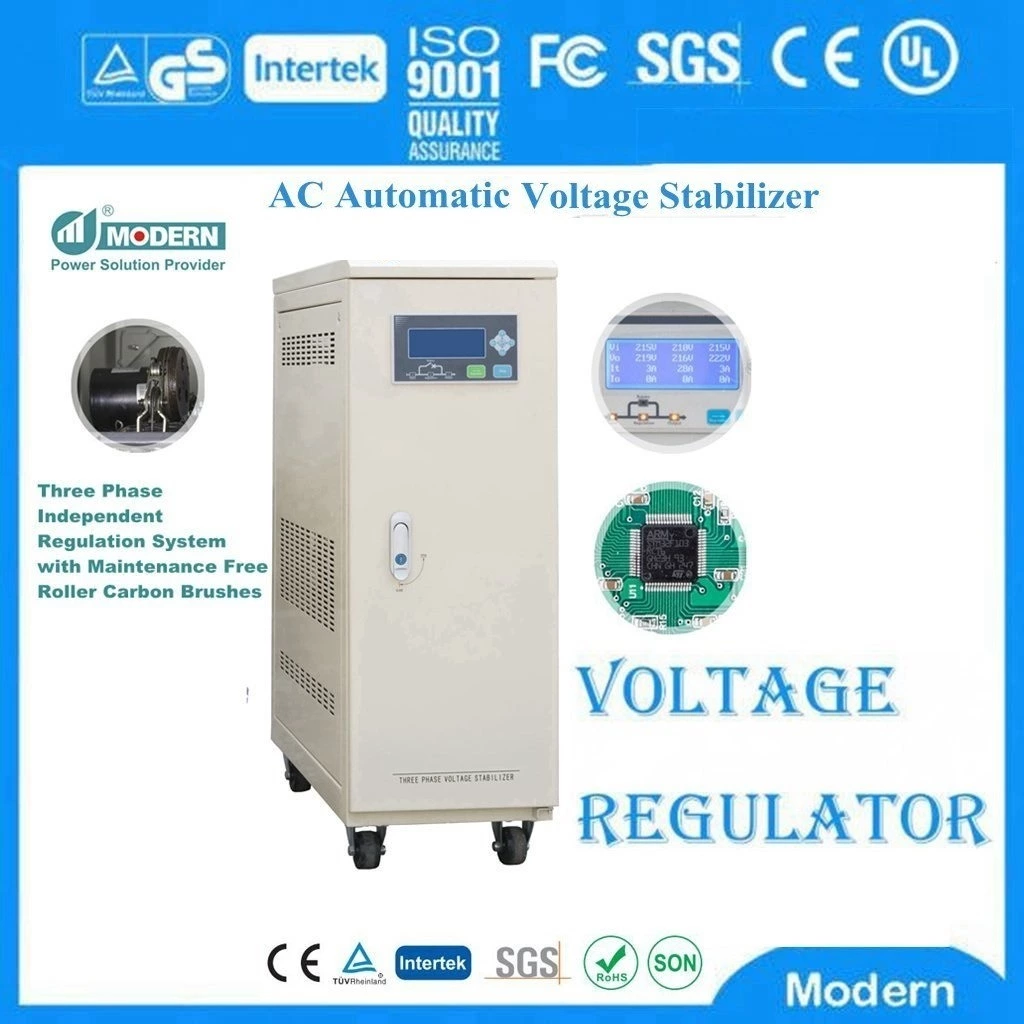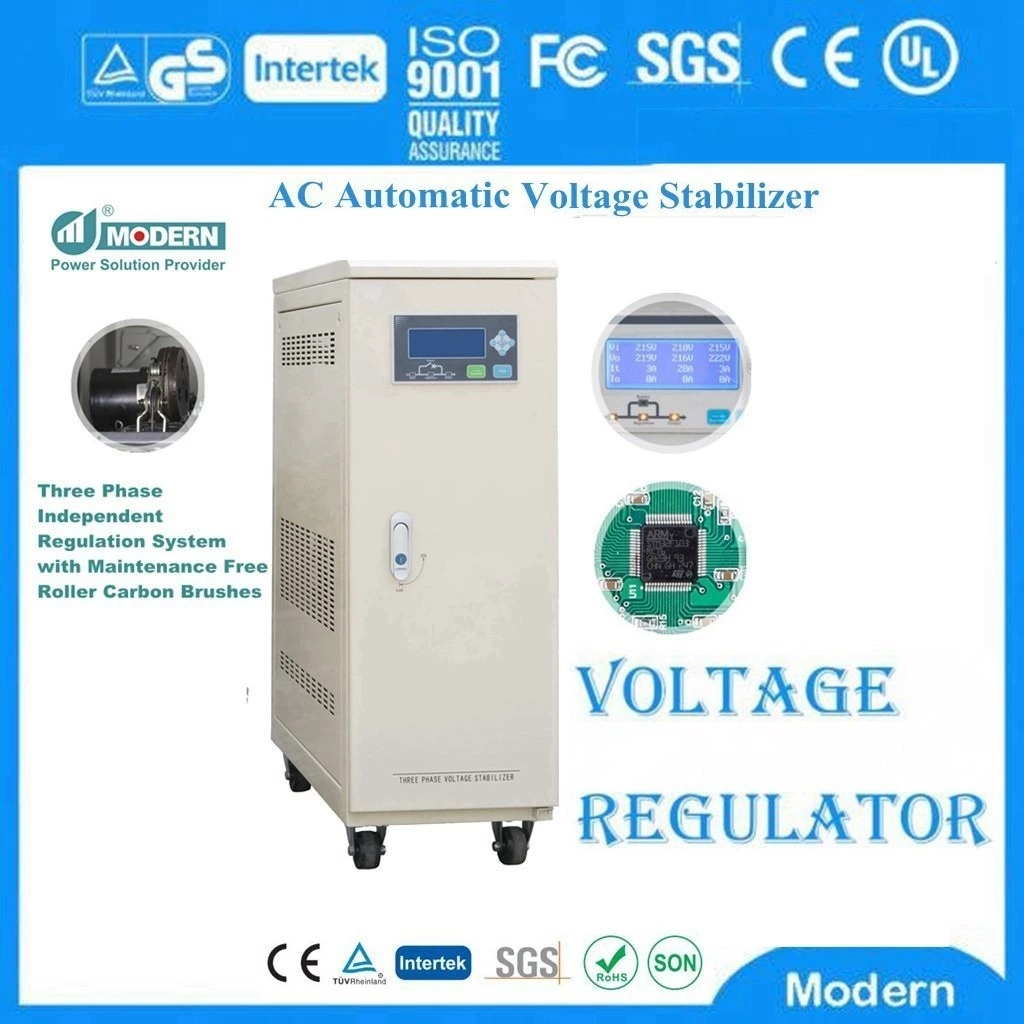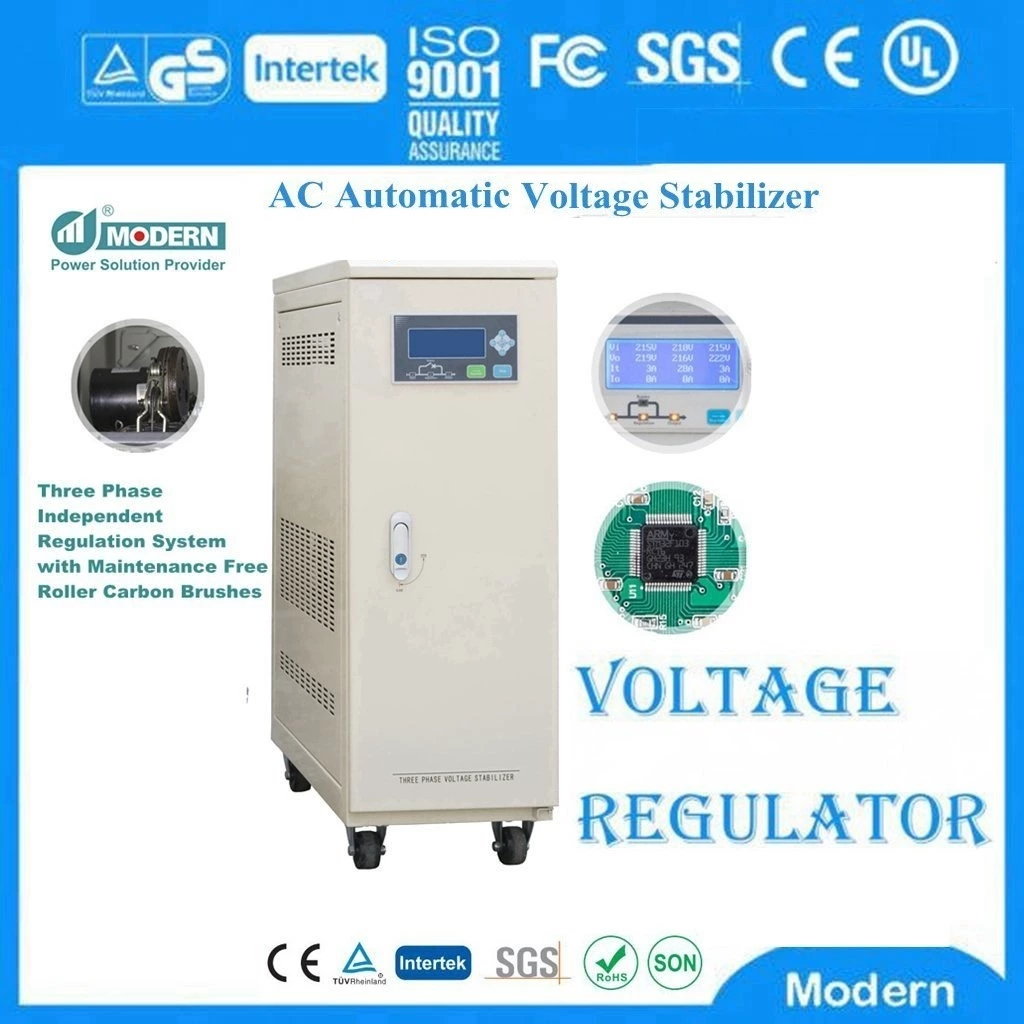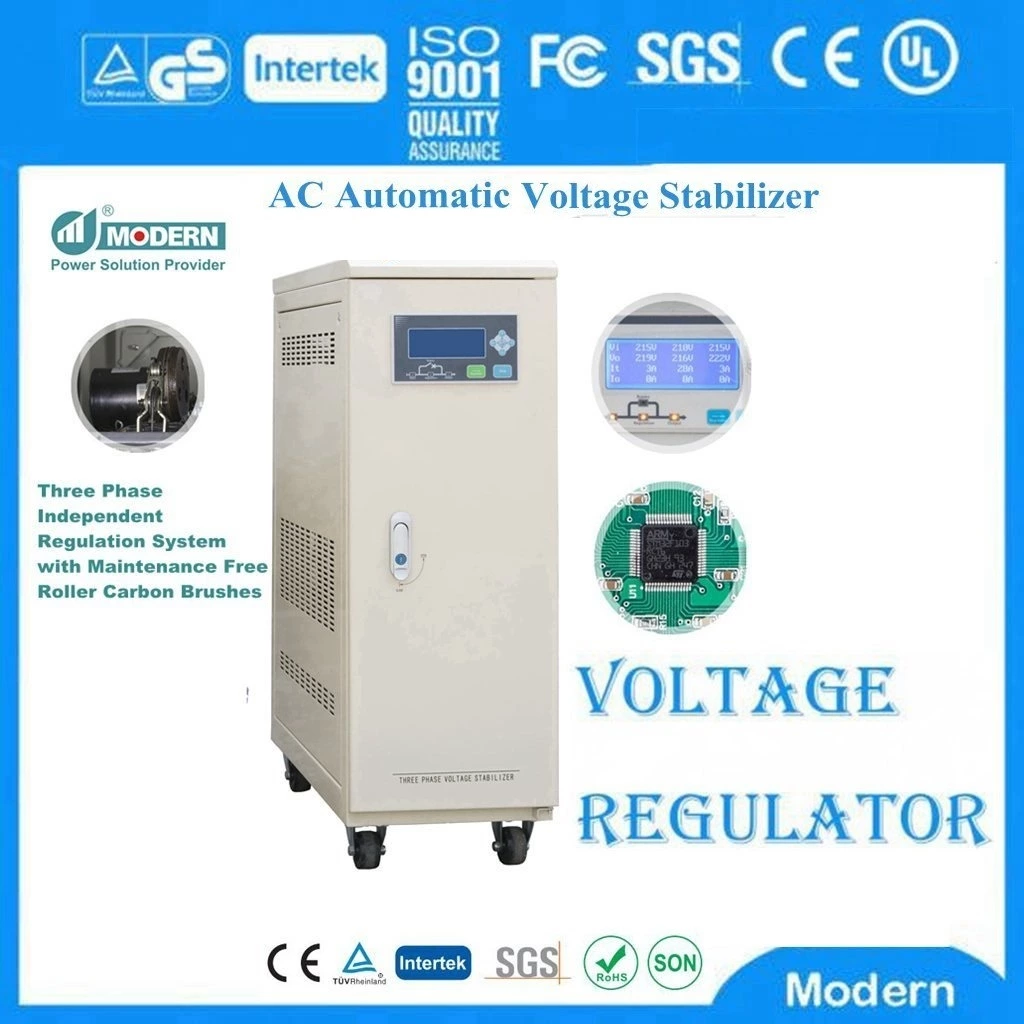Uninterruptible Power Supply Construction Plan
Uninterruptible Power Supply(UPS) Construction Plan
The following plan integrates the core links of UPS construction, including preliminary planning, implementation steps, acceptance and maintenance, etc., and is suitable for scenarios with high requirements for power stability, such as data centers, hospitals, and financial institutions:
I. Plan objectives and scope
Goal:
Ensure that key equipment continues to be powered when power is interrupted or voltage fluctuates, and ensure data security and stable operation of equipment.
Automate power switching, reduce manual intervention, and improve system reliability.
Scope:
Applicable to scenarios with high reliability power requirements such as data centers, medical institutions, and industrial manufacturing.
Covering the entire process of UPS selection, installation and commissioning, cable laying, maintenance and management.
II. Implementation steps and operation guide
1. Preliminary preparation
Environmental requirements:
The computer room must meet the conditions of load bearing (≥500kg/m²), dust prevention (diameter>5μm dust concentration<3×10⁴particles/m³), temperature and humidity (0-35℃, humidity 40%-60%), etc.
The installation location must be well ventilated and avoid being close to heat sources or corrosive gases.
Equipment selection:
Select online double conversion UPS according to the total load power (including 20% redundancy), recommended parameters: input voltage 220V (±15%), output voltage 220V (±1%).
The backup power capacity must meet the power supply demand for at least 2 hours (such as battery pack or generator).
2. Construction process
Equipment installation:
Anti-static flooring is used, and cable laying is preferably bottom-in and bottom-out type (40cm trench needs to be reserved) or bridge type (top-in and top-out type).
The distance between the UPS cabinet and the wall is ≥50cm, and ≥100cm heat dissipation space is reserved on the top.
Power distribution system:
Separation of mains power and UPS power supply: Mains power equipment (such as air conditioning, lighting) is connected to the integrated power distribution cabinet, and UPS load (IT equipment, emergency lighting) is distributed through the intelligent column head cabinet.
The input power supply end needs to be equipped with a circuit breaker (specifications match the UPS power), and the output end needs to be equipped with a lightning arrester.
3. Testing and Acceptance
Power test:
Main and standby power switching test (0 delay switching), verify UPS output stability (voltage fluctuation ≤ ±1%).
Load capacity test: simulate full load operation, monitor temperature rise and equipment status.
System debugging:
Integrated online monitoring function, real-time display of UPS operating status (such as battery capacity, load rate).
Link fire protection and air conditioning systems to ensure that the environment meets operating requirements.
III. Maintenance and management
Regular maintenance:
Check battery pack voltage and cable connection status every month, and clean dust inside the equipment.
Perform discharge test every six months to evaluate battery capacity attenuation.
Fault emergency:
Establish spare parts library (such as circuit breaker, fan module) to shorten fault repair time.
Develop emergency plan, clarify main and standby power switching process and personnel division of labor.
IV. Key points
Safety specifications:
During construction, power must be turned off and insulated tools must be worn to avoid the risk of electric shock.
Battery installation must be away from fire sources and equipped with special fire prevention facilities.
Cost control:
Preferably use modular UPS to facilitate later expansion and reduce initial investment.
Redundant design:
It is recommended to use dual bus power supply or STS static switch to improve system fault tolerance.
Source: The above solution integrates key contents such as computer room environment requirements, equipment selection, power distribution system design, test acceptance standards and maintenance management specifications.
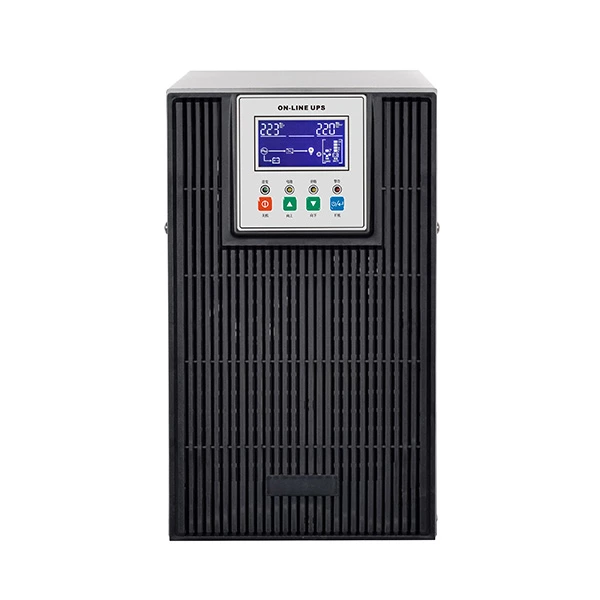
 Русский
Русский
 Français
Français
 Português
Português
 Español
Español
 اللغة العربية
اللغة العربية
